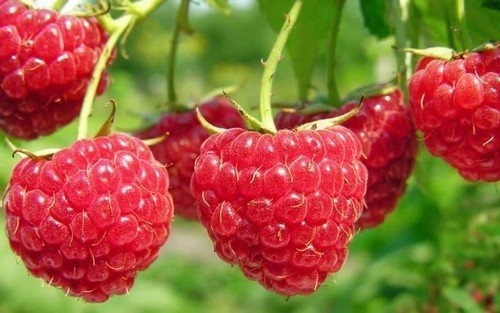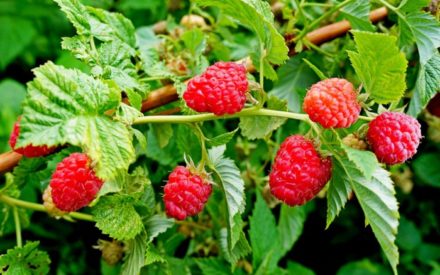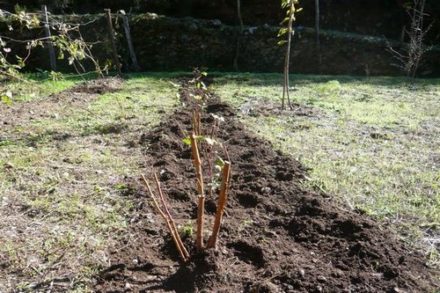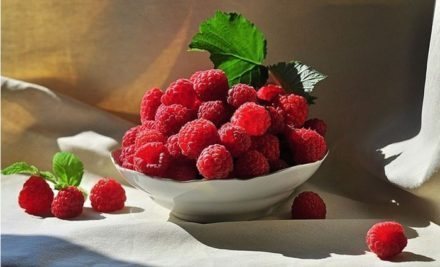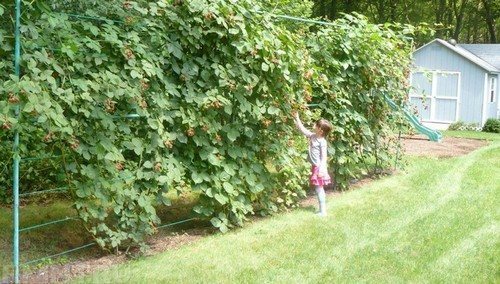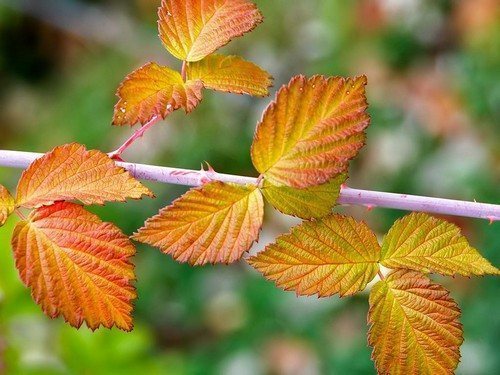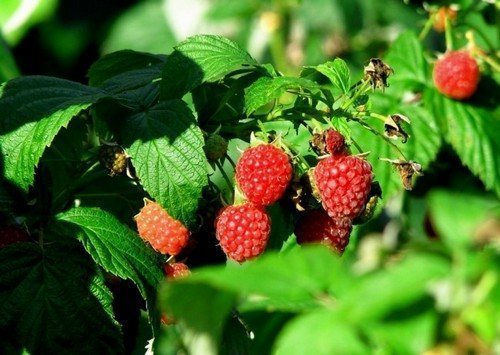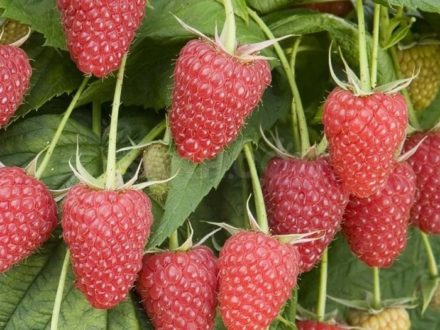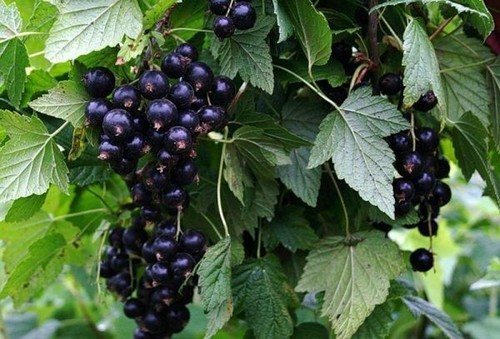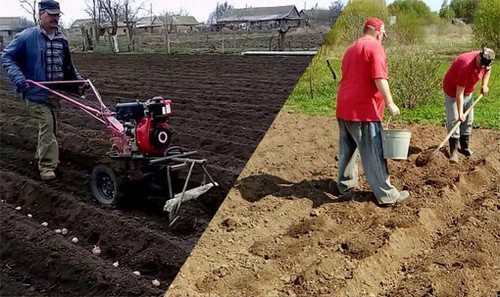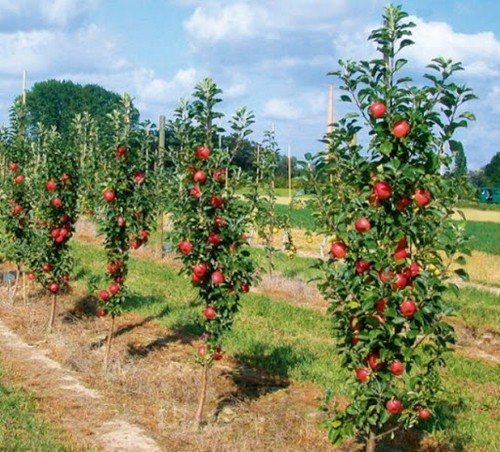If raspberries do not bear fruit from each bush, this means that there are reasons that negatively affect its development, because raspberries are an unpretentious berry. Lack of proper care and errors during cultivation will lead to low yield and death of the plant. Poor raspberry growth is influenced by 4 main factors: low-quality planting material, soil characteristics, dead wood and the presence of pests.
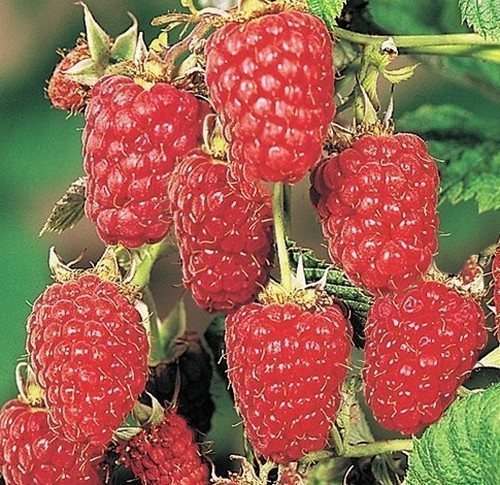
Poor planting material
When choosing seedlings, the risk of being left without a harvest is high. It is better to purchase them in trusted stores or nurseries, and not in spontaneous markets. Random sellers often have bushes that do not match the variety and are of poor quality. If the roots are wrapped in polyethylene, then it is better to refuse the purchase, since such storage creates a greenhouse effect and the roots quickly rot.
When choosing a shrub, you need to pay attention to the following signs:
- the roots of the seedlings must be healthy and well developed, dense and elastic;
- stems are small but strong, from 2 to 4 pieces;
- at the base of the seedling there are buds (at least 3 pieces) - next year new branches will grow from them, on which the crop will ripen.
Spring is a favorable time of year for planting raspberries. It is best to start at the end of April, when the temperature difference is not so noticeable, thereby ensuring good survival of the root system.
Soil Features
Raspberries cannot grow if the soil is too compacted.Such soil does not receive oxygen or sufficient moisture. It will not grow in saline areas either. It can be identified by white deposits on drying soil.
To avoid earthen crust in the spring, a number of measures need to be taken. It is necessary to mulch the area to create a protective barrier for the comfortable growth of shrubs. Remove weeds and loosen the soil. In case of drought, provide additional watering, since raspberries are a moisture-loving plant.
No pruning of old branches
Many shrubs require annual pruning, including raspberries. Pruning should be done when the bushes are in hibernation, before the release of juice begins and the buds open.
Pruning recommendations:
- for pruning you will need pruning shears or loppers, gloves made of durable fabric, since the bush has thorns (you can get a puncture or serious scratches);
- cut off last year's and two-year-old shoots at the root. They can be distinguished by their dryness and many side branches;
- remove young shoots, as they actively take nutrients from the soil;
- Trim the tops of young shoots - this will improve the quantity and quality of the harvest. To ensure that the berries do not ripen at the same time, the shoots need to be cut to different lengths: some by 10–15 cm, others by 15–20;
- Thinning the raspberry tree is necessary so that the bushes do not wither, but receive the right amount of sun, moisture, nutrients, as well as for the convenience of harvesting and the beautiful appearance of the raspberry tree.
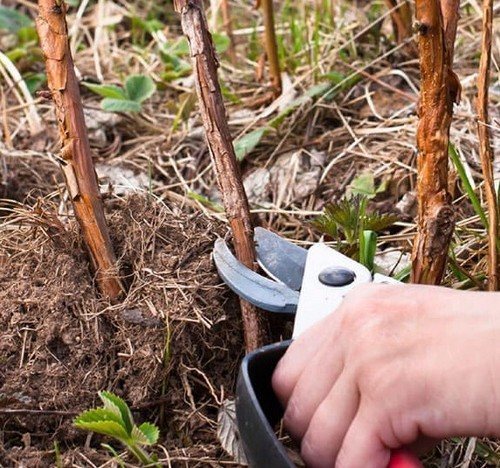
Presence of harmful insects
Even at the pruning stage, you should pay attention to the tubercles that may be on the stems.These are hibernating insects, and it is better to cut off such a stem and burn it.
When the buds begin to wake up, you need to spray them with 1% Bordeaux solution. The liquid fights fungal diseases and bacteria well.
Advice: to avoid pests, raspberries should be planted away from strawberries and closer to garlic, and marigolds and marigolds should also be planted nearby.

Raspberry is an unpretentious plant. In order for the bush to produce a rich harvest, you should pay attention to it in early spring. If all procedures are followed and regular care is taken, the harvest will be abundant, the berries will grow tasty, and the raspberries will be more fruitful every year.


